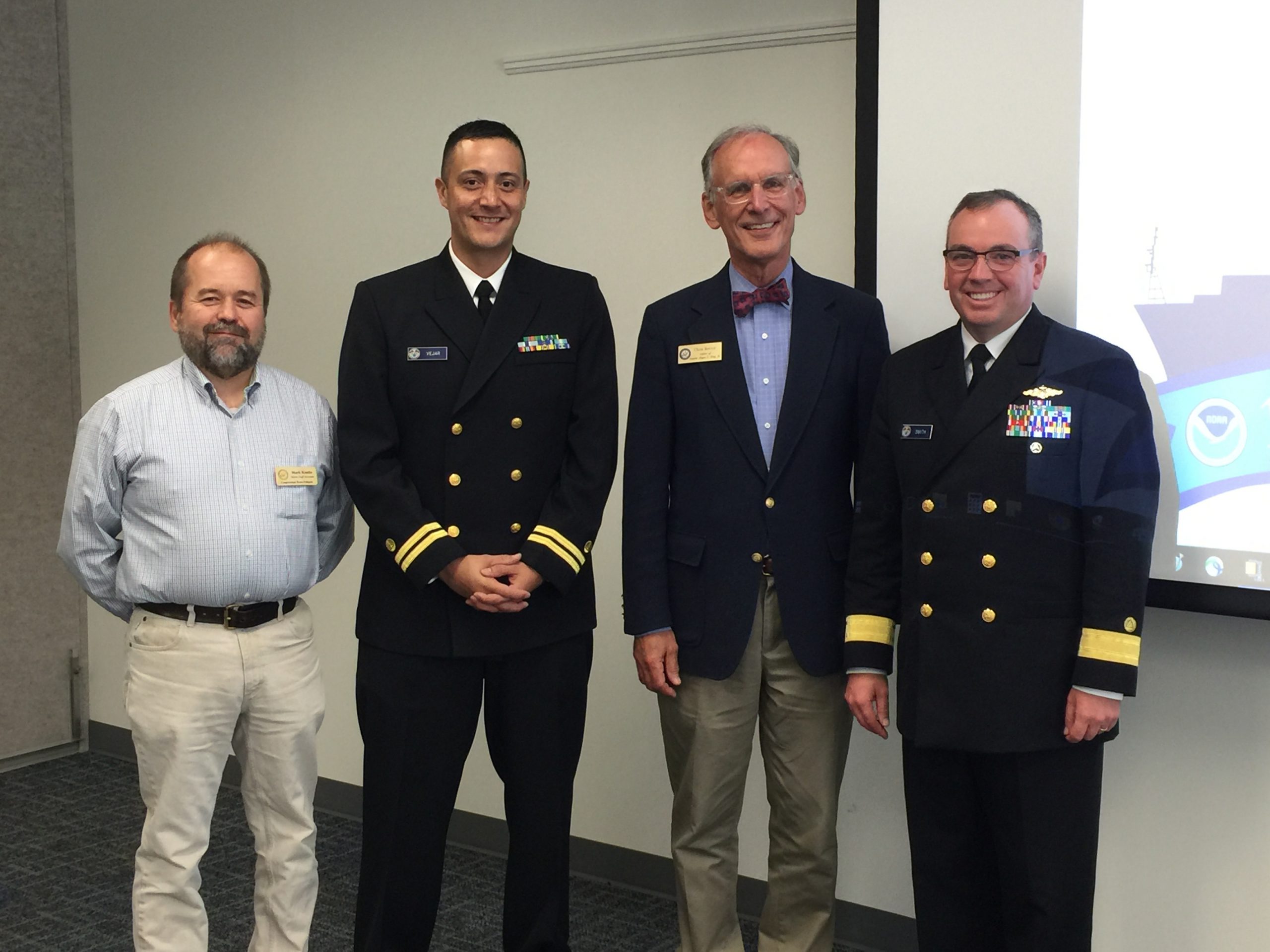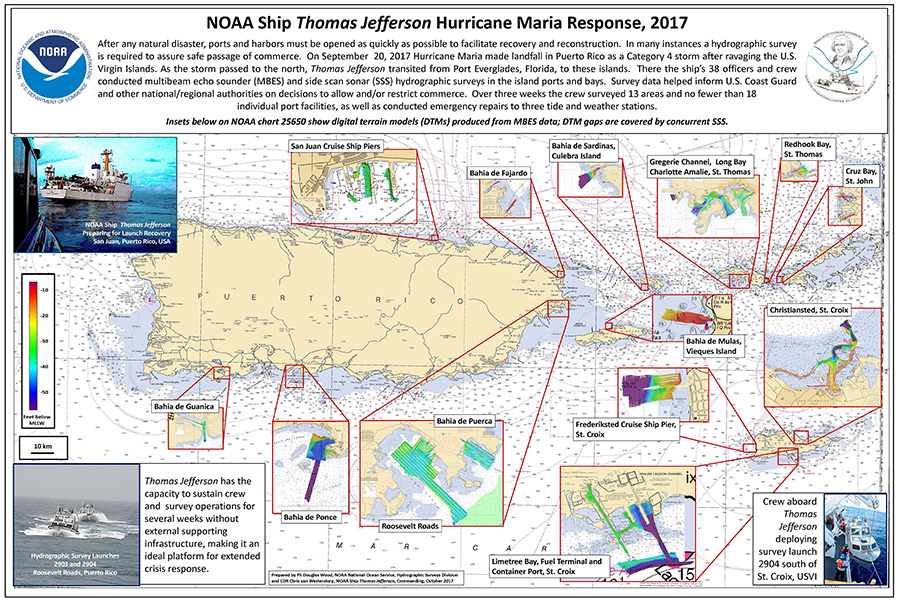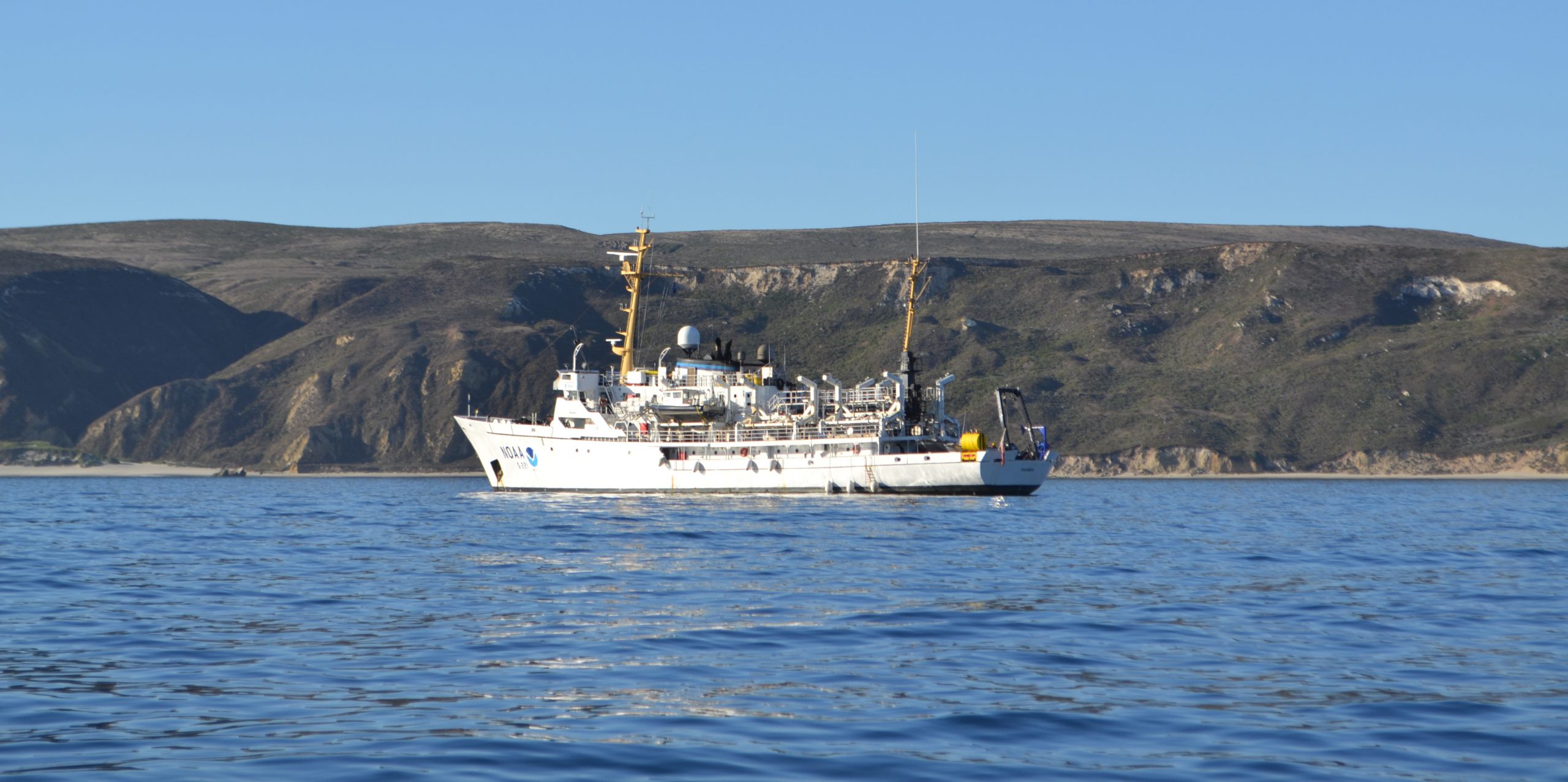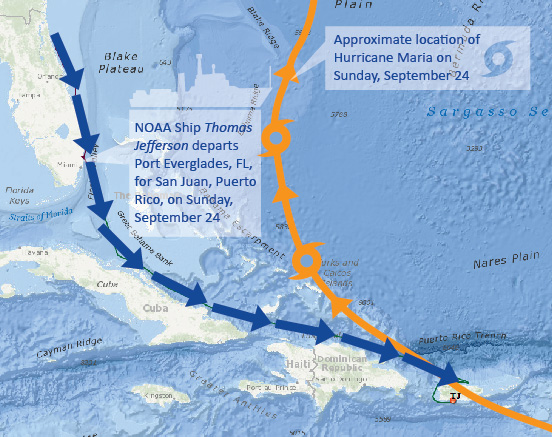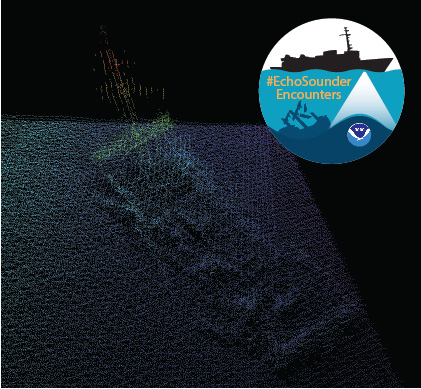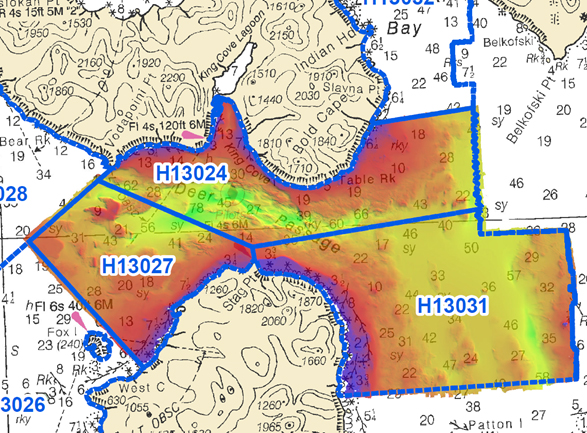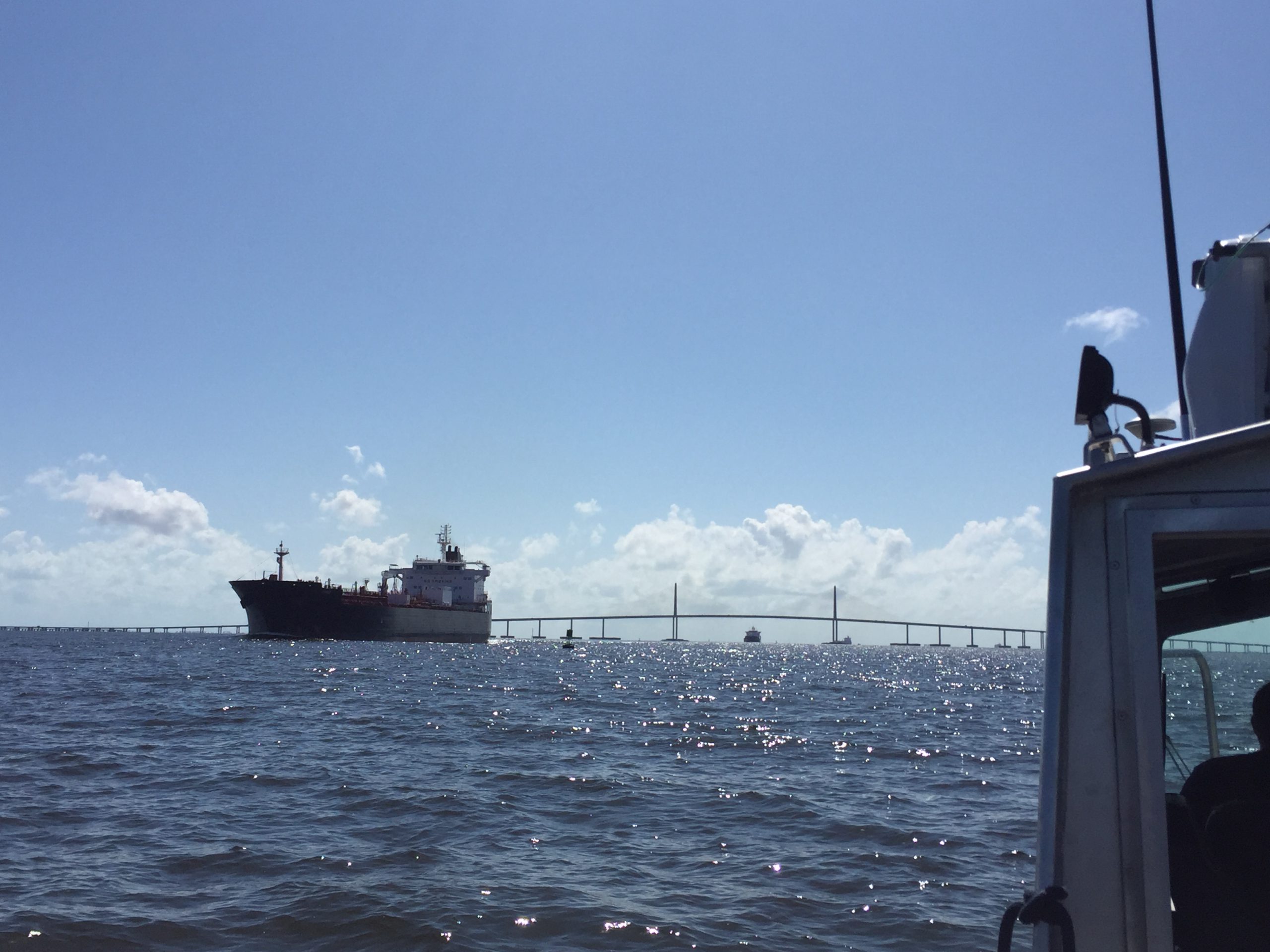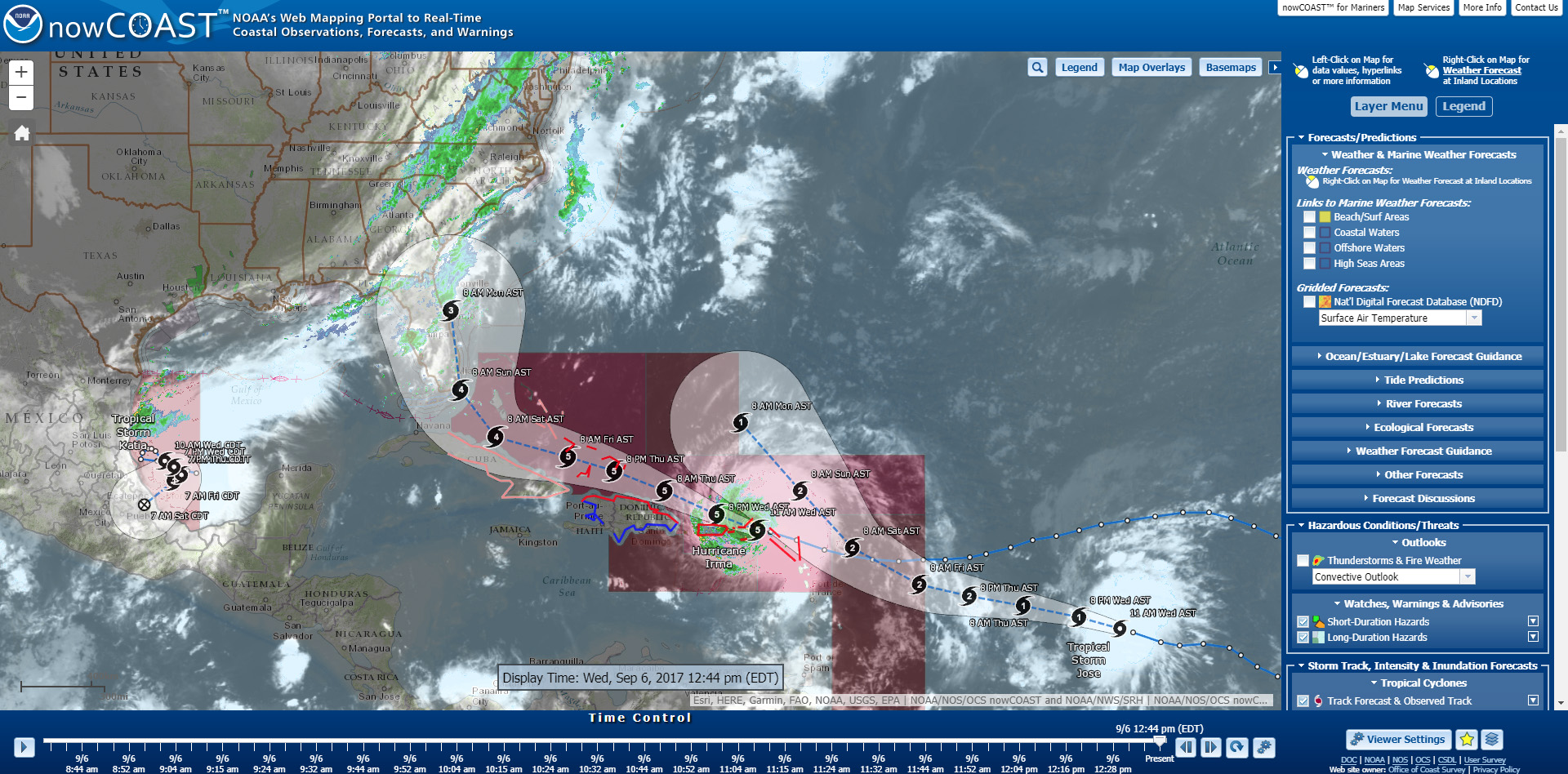By Lt. David Vejar
Recently, NOAA’s Office of Coast Survey hosted two stakeholder events in Belfast, Maine, to engage the local community on various NOAA products and updates in the region. Originally from Belfast himself, Rear Adm. Smith, director of the Office of Coast Survey, provided a warm introduction to both events. Dean Moyles, of Fugro, a NOAA hydrographic contractor, presented a summary of the hydrographic survey work being performed in Penobscot Bay. Lt. David Vejar, NOAA northeast navigation manager, highlighted various products and services, including how to access NOAA charts and data, the upcoming Gulf of Maine Operation Forecast System, nowCOAST, and various planning tools such as SeaSketch and Northeast Data Portal. Allison Wittrock, from Marine Charts Division, presented the National Charting Plan with a focus on how it will provide great benefit to stakeholders. Continue reading “Penobscot Bay survey focus of NOAA stakeholder meetings in Maine”

